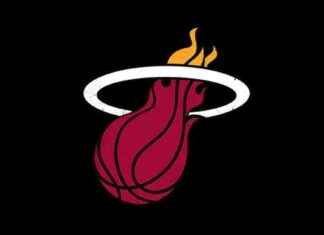Although New York fully identifies with the definition of what the asphalt jungle is, wildlife is not absent from this metropolis, where it coexists with civilized humans, sometimes the true savages, and dogs, the undisputed mambo kings among the skyscrapers.
But here we have winger Flaco, who enjoys a good-natured prominence in the local media, often obsessed with chronicles of events. It has the rank of glory attributed to urban legends.
The press these days devotes articles to commemorating the first year of his freedom and survival, something that has surprised him by his resilience outside the cage where he had grown up. Flaco is a Eurasian duke and his love story with New Yorkers began, of course, with a criminal act, still unsolved and, therefore, without a culprit.
After darkness fell on the Central Park Zoo on a cold night twelve months ago, someone tore through the mesh of the enclosure where this duke had spent virtually his entire existence.
Its defenders consider that this nighttime action was a liberation. Off the chains! Soon the bird of prey, with bright orange eyes, was seen in very public places in Manhattan: Fifth Avenue or the fountain in front of the Plaza Hotel. A tourist with wings discovering this city he had never been able to access.
After that initial burst of curiosity, Flaco has spent, in practice, most of his time in Central Park, in various enclaves, while not giving up on excursions around the island and betting near the windows of buildings like a voyeur.
“Celebrity is a rare thing, difficult to achieve. I am an actor, and in the theater some of my successes make me a mild celebrity for a while. But Flaco is a star”, replies Joe, a resident of the Upper West Side and not very interested in this very New York passion of going out to watch birds.
“Her popularity and rise to recognition is part of her own ongoing story, and it seems certain that if Taylor Swift were a bird, she would definitely be called Flaco,” he jokes.
The great fear that Flaco’s escape posed to his caretakers was whether he would be able to survive on his own after a life in captivity. The answer is clear. Not only has he thrived – rats make up his diet – but they say he’s enjoying his freedom. He has managed to make a living and, perhaps because of his long experience in front of the public, he does not feel intimidated by the peregrinations of citizens chasing him to take his photograph.
As in African safaris, messages are proliferated on the networks informing where he was last seen. Last weekend it was east of Central Park, at the height of 86th Street, says a resident of the neighborhood with long experience of birdwatching.
“It’s also true that the real birdwatchers are sick and tired of Flaco’s fame because he brings all kinds of ignoramuses to the secret bird hideouts in the park,” intervenes George, a scientist, in conversation with his friend Joe, the actor “They are sick and tired in the same way that real music people are sick and tired of Taylor Swift,” he adds.
In this meeting of friends, the voice of Greg, composer and chef, the only one of the three who is a professional birdwatcher, is missing. “I have to add one thing. They (the Manaies) very soon stopped trying to capture Flaco because they understood that he had the capacity to live on his own and was able to find food for himself, under the pretext that it was better for his safety”. remark
“It’s a very different approach than they’ve taken in the past, for example, with the hunt for Hal the coyote for which a massive number of people and even a helicopter were deployed. Everything indicates that Hal died of a heart attack”, he points out.
It always makes Greg happy to see Flaco. This does not prevent him, like other experts, from worrying that the crowds will disturb the rest of this nocturnal bird like the fame of the city that never sleeps.








